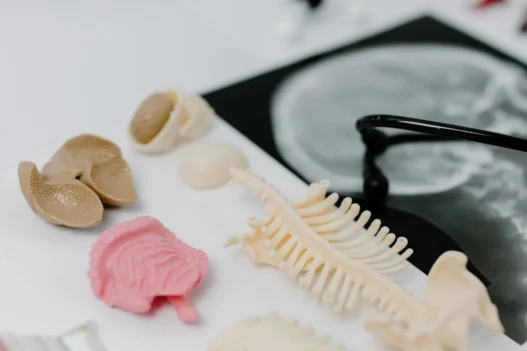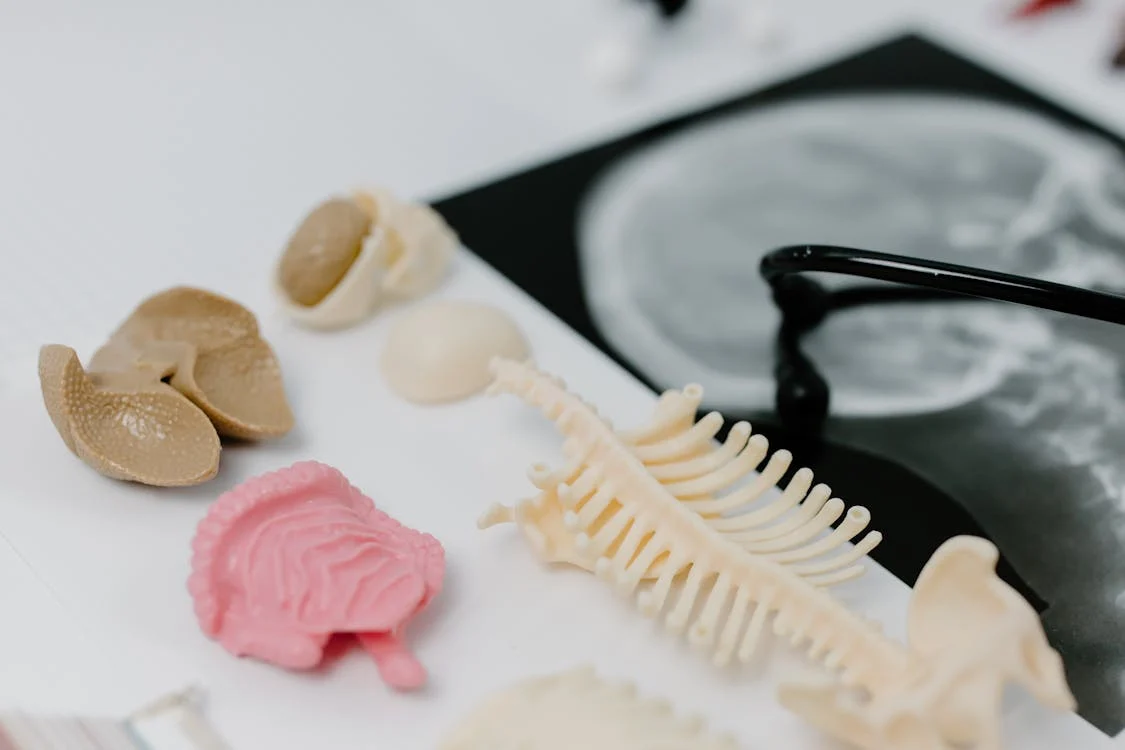0HCW8ZZ refers to a medical procedure where the removal of tissue from the right nipple is done using an endoscope through a natural or artificial opening. This technique allows for a minimally invasive approach to addressing certain medical conditions affecting the nipple.
Table of Contents:
- 🔎 Clinical Indication
- 📋 Preparation
- 📖 Methodology
- 🩹 Recovery
- 🚨 Complexity & Risk
- 🔀 Similar Procedures
🔎 Clinical Indication
0HCW8ZZ, or extirpation of matter from the right nipple via natural or artificial opening endoscopic procedure, may be performed to remove abnormal tissue or infection from the nipple. This procedure is typically done when other methods, such as medication or less invasive treatments, have been ineffective in treating the issue.
During the endoscopic procedure, a small camera is inserted through a natural or artificial opening to help guide the surgeon in removing the matter from the right nipple. This minimally invasive approach allows for precise removal of the abnormal tissue while minimizing damage to surrounding healthy tissue.
Overall, the extirpation of matter from the right nipple via endoscopic procedure may be recommended in cases where there is a specific concern or abnormality that needs to be addressed surgically. It is important to consult with a healthcare provider to determine if this procedure is the best course of action for the individual’s condition.
📋 Preparation
Before undergoing an extirpation of matter from the right nipple, the patient will need to fast for at least 8 hours to ensure their stomach is empty. They may also need to stop taking certain medications as advised by their healthcare provider.
Additionally, the patient will need to inform their doctor of any allergies they have, as well as any medical conditions they are currently dealing with. This information will help the medical team prepare for any potential complications during the procedure.
📖 Methodology
During 0HCW8ZZ, the procedure involves removing material from the right nipple using either a natural or artificial opening with an endoscope. This technique allows for a minimally invasive approach to target and remove specific tissues or fluids from the area. It is commonly used for diagnostic or therapeutic purposes in cases where traditional surgical methods may be more invasive.
🩹 Recovery
After undergoing extirpation of matter from the right nipple, whether through a natural or artificial opening endoscopic procedure, the patient will typically experience a recovery period. During this time, they may need to rest and avoid strenuous activities to allow their body to heal properly.
Pain and discomfort at the surgical site are common after the procedure, but these symptoms can usually be managed with pain medication prescribed by the doctor. It is important for the patient to follow their healthcare provider’s instructions for post-operative care to ensure a smooth recovery process.
Regular follow-up appointments with the healthcare provider are crucial during the recovery period to monitor the healing progress and address any concerns or complications that may arise. With proper care and attention, most patients can expect to fully recover from extirpation of matter from the right nipple within a few weeks.
🚨 Complexity & Risk
Performing 0HCW8ZZ, also known as the extirpation of matter from the right nipple via endoscopy, is a complex and delicate procedure. This involves the removal of tissue or foreign objects from the right nipple using a natural or artificial opening, requiring precision and skill from the medical team.
The potential risks associated with this procedure include infection, bleeding, and damage to surrounding structures such as blood vessels or nerves. Patients undergoing this procedure should be aware of these risks and discuss them with their healthcare provider before proceeding with the surgery.
🔀 Similar Procedures
Another medical procedure similar to 0HCW8ZZ is a thoracentesis, which involves the removal of fluid from the pleural space in the chest via a needle inserted through the chest wall. Both procedures involve the extraction of material from the body through a natural or artificial opening. Thoracentesis is commonly used to diagnose and treat conditions such as pleural effusion or pneumothorax.
Similarly, a paracentesis is a procedure that involves draining fluid from the abdominal cavity through a needle inserted into the peritoneal space. Like 0HCW8ZZ, paracentesis is performed to remove unwanted material from the body through a minimally invasive approach. This procedure is often used to diagnose and treat conditions such as ascites or infection in the abdomen.
Overall, procedures like thoracentesis and paracentesis are similar to 0HCW8ZZ in that they involve the removal of substances from the body through a natural or artificial opening. These procedures are important tools in diagnosing and treating various medical conditions, providing relief and improving patient outcomes.

